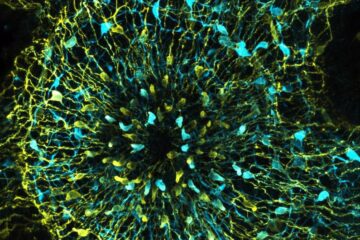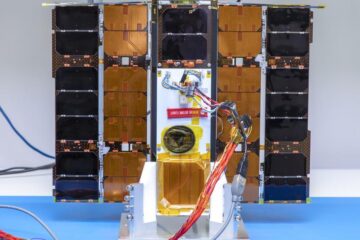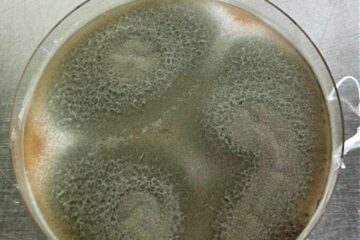ultraMRI – Ultrasonic radiation pressure induced contrast in MR imaging

Two screening tools for breast cancer are broadly utilized. The breast examination is performed by the gynecologist or
the patient herself. Each breast is visually and haptically examined for possible lumps, distortions or swellings. For some reasons, notably the limited human tactile sense, this tool is hardly capable for reliable early recognition of breast cancer. The widely-used mammography promises to be a more approved method and is commonly recommended for women at the age of 40 or older. However, also mammography suffers from several shortcomings. Often the patients needlessly become concerned due to false positives. On the other hand, false negatives frequently yield fatal consequences. For most patients the compression panels are at least inconvenient or even painful, the X-ray dose causes further risks. Moreover, mammography is not feasible for most of younger women because of their comparably high breast tissue density. Recently MRI examination was suggested as a new standard tool for early breast cancer diagnosis. Naturally no radiation exposure occurs. However, this examination relies on the application of contrast agents and it is hard to interpret the image data even for experienced radiologists. Invention: The Helmholtz-Institut für Strahlen- und Kernphysik at the University of Bonn recently developed a novel method which combines the benefits of tactile and MRI breast examination. The innovative ultraMRI method relies on inducing MRI contrast by ultrasonic radiation pressure. The radiation force of very short ultrasonic pulses causes a breast tissue displacement. Since healthy tissue and artifacts, e. g. calcifications or carcinomas, possess different mechanical properties, they suffer a different displacement. This is also the basis for the common manual examination. However, ultraMRI is much more sensitive and provides a much better spatial resolution: Even tiny displacement differences are easily detected in MR phase images and precisely localized by the corresponding MR amplitude images. As a result, ultraMRI provides a novel straightforward tool for early breast cancer diagnosis.
Weitere Informationen: PDF
PROvendis GmbH
Tel.: +49 (0)208/94105 10
Ansprechpartner
Dipl.-Ing. Alfred Schillert
Media Contact
Alle Nachrichten aus der Kategorie: Technologieangebote
Neueste Beiträge

Evolutionäre Ursprünge des Appetits
Kieler Forschungsteam zeigt am Beispiel des Süßwasserpolypen Hydra, wie schon Lebewesen mit sehr einfachen Nervensystemen die komplexe Koordination des Sättigungsgefühls und damit zusammenhängende Verhaltensweisen regulieren. Im Laufe der Evolution haben…

Österreichischer Minisatellit OPS-SAT verglüht nach erfolgreicher Mission
Viereinhalb Jahre lang fungierte der an der TU Graz gebaute Nanosatellit als fliegendes Labor im All, um missionskritische Software, Betriebskonzepte und neue Technologien zu erproben. Am 18. Dezember 2019 war…

Ein Pilz verwandelt Zellulose direkt in neuartige Plattformchemikalie
Ein neues Verfahren zur Massenproduktion von erythro- Isozitronensäure aus Abfällen könnte die Substanz zukünftig für die Industrie interessant machen. Der Pilz Talaromyces verruculosus kann die vom Markt bisher wenig beachtete…

















